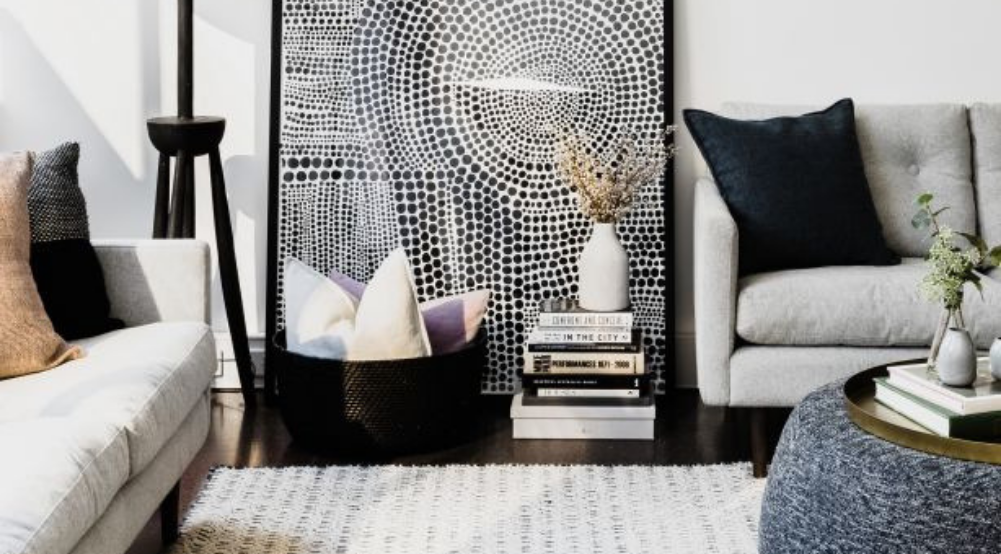DARREN PALMER | NOV 9, 2018
Not so long ago a friend who works in the industry (and should know better) asked me what white he should paint the interior of his house. I started asking a few questions and he told me there wasn’t any time for that, his painter was already at the store, ready to purchase the paint.
In this instance I pulled a rabbit out of my hat and gave him a few choices, but for anyone at home trying to find that perfect hue, there are a few things you should consider before you make your decision.
Whites aren’t just white.
Almost all white paints will have a slight colour tint in them, whether that be grey, green, blue, brown, red or yellow. If you look at the colour of the swatch against the plain white card that the swatches are printed on, you should be able to detect the subtle tint of colour that has been mixed with the pure white base.
Paints are tinted in colours to match or combat your other interior inclusions, with the best paint coverage also coming with a small amount of black tint thrown into the mix.
To see the colour of the tint in the white you need to compare the swatch with a plain white piece of paper or card under natural light that streams in from outside. Be aware though, if you take the white swatch outside to view it and the light coming into your house is a different colour, then you will see the colour of the swatch differently.
This is because light is made up of the full spectrum of colours, so light will change as it bounces off or passes through coloured or tinted objects, glass or film.
The best environment for you to view your white swatch is within the space it’s intended for, moving it around to see how it reacts to all the different light levels and reflections in the space.
Be sure to look at it against the floor, the skirtings, opposite external openings, and adjacent to them. What is reflecting in from outside will change the colour, as will what’s reflecting on the walls from within the room.
I was once told that a green-based white will counteract the yellowness of pine flooring. If you have red light coming in from outside you might want to avoid using a red-based white as it will amplify the effect. A blue-based white will look purple, a green-based white will look more brown, and a “pure white” will likely just reflect the red.
This principal is the same for whatever colour bounces around your room, whether it be blue skies, green trees, red brick or yellow floors.
To help you in the decision making, I’ve included a go-to list of some of the more popular whites from leading paint brands.
If you’re in doubt about how a colour will work in your space, and you’ve exhausted your options trying to get the right white for your rooms, you can always engage a colour consultant. Most big paint companies have them or you can search online for them in your area.
Haymes
- Aura This is a beautiful soft white, with a grey base that works well in contemporary settings and blends well with new materials and surfaces.
- Greyology 1 A crisp, cool, white that adds a light and airy feel to any home.
- Marble Mist If you are looking for a white-white with no undertones, then this is the “right” white for you.
- Whitewash 1 A warm and inviting natural-toned white that sits well with other natural materials like wood and stone surfaces.
Dulux
- Natural White USA A brown-based white that’s good for cancelling the glare you might get in very sunny spaces.
- Vivid White A true white-white.
- Whisper White A bright, grey-based white.
- Lexicon Called “architects’ white” it has a slightly blue base.
Porters Paints
- Snow White Another white-white
- Lamb’s Wool A light, grey-based white.
- Haloumi Slightly putty toned, mid-grey white.
- White Truffle A mid-toned, warm white with apricot/pinkish undertones.
http://ow.ly/391Q50nuATj
